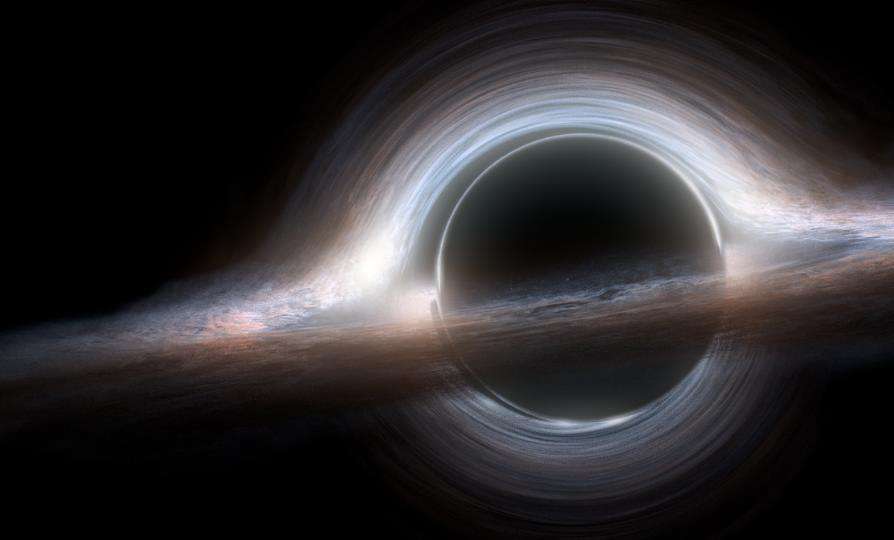Einstein was right again. Scientists prove Einstein’s General Theory of Relativity and confirm that black holes spin
One of the strangest discoveries in the universe has led to another. Researchers analyzed 22 years of observations of the M87 galaxy. They discovered that the first black hole ever imaged is spinning. This discovery will shed light on a mysterious region of spacetime. It also announced to the world that Einstein was right.
Scientists prove that black holes spin!
Black holes swallow huge amounts of gas and dust. They also pull the objects they swallow towards them with huge gravitational forces. A small fraction of the particles that don’t fall in are scattered out. This creates narrow rays along the axis, moving at close to the speed of light. These rays are called “jets”. Telescope observations show that M87’s jet oscillates by 10 degrees in a repeating cycle of 11 years. Just as Einstein’s General Theory of Relativity predicted years ago.
An international team of scientists led by Chinese researcher Dr. Cui Yuzhu conducted the research. The researchers analyzed 22 years of observational data collected by more than 20 telescopes around the world. They noticed that the black hole at the center of the M87 galaxy, which is 6.5 billion times larger than the Sun, exhibits an oscillating jet that swings up and down every 11 years. In this way, scientists proved that black holes really do spin.
A disk-like layer forms around this structure. This disk is made of material that slowly spirals into the void. According to the researchers’ analysis, the axis of rotation of the black hole is not aligned with the axis of rotation of the accretion disk. This misalignment between the rotating mass and the matter spinning around it causes a significant effect on space-time. This, in turn, affects the motion of nearby objects in what the General Theory of Relativity calls “square drag”.
Years later, this discovery proved Einstein right once again. Now the next step is to find out how fast the black hole is. But scientists have yet to calculate the size of M87’s accretion disk. There are still many mysteries to be unraveled. More observations and analysis are needed.

